Solar Collector CFD Simulation, Modeling Non-Uniform Heat Flux with UDF Fluent
Solar Collector CFD Simulation, Modeling Non-Uniform Heat Flux with UDF Fluent
- Upon ordering this product, you will be provided with a geometry file, a mesh file, and an in-depth Training Video that offers a step-by-step training on the simulation process.
- For any more inquiries regarding the product, please do not hesitate to reach out to us at info@CFDLAND.com or through our online support assistant.
€185 Original price was: €185.€135Current price is: €135.
Parabolic trough collectors are a powerful technology in the field of concentrated solar power (CSP), used to generate high temperatures for industrial processes and electricity production. These devices use a large, U-shaped parabolic mirror to focus a wide area of sunlight onto a very small focal line. Along this line runs a receiver tube containing a working fluid. As the concentrated sunlight hits the tube, it heats the fluid to very high temperatures. This design is highly efficient, but it also creates a major engineering challenge: the heat load on the receiver tube is extremely intense and non-uniform.
Predicting and optimizing this complex heat exchange is where a Solar collector heat transfer CFD simulation becomes essential. It allows engineers to visualize temperature distribution and fluid flow without building expensive prototypes. This project provides a detailed Solar collector CFD analysis, aiming to investigate the heat transfer inside a parabolic trough collector. To ensure our simulation is accurate and reliable, our methodology is based on the valuable reference paper: “A numerical analysis of the effects of nanofluid and porous media utilization on the performance of parabolic trough solar collectors [1]”.
- Reference [1]: Siavashi, Majid, Mehdi Vahabzadeh Bozorg, and Mohammad Hesam Toosi. “A numerical analysis of the effects of nanofluid and porous media utilization on the performance of parabolic trough solar collectors.” Sustainable Energy Technologies and Assessments45 (2021): 101179.
Figure 1- Schematic diagram of a parabolic trough solar collector, the basis for this Solar Collector Fluent analysis, extracted from the reference paper [1].
Simulation Process – CFD Modeling of Solar Collector with Fluent
The simulation process began with the precise design of the 2D geometry in ANSYS Design Modeler. Different parts were created to represent the opaque and glass components, each requiring unique settings for radiation. To capture the sharp temperature gradients caused by the focused sunlight, a very fine, high-quality structured mesh was generated using ANSYS ICEM. This mesh contains 1,144,005 quadrilateral elements (Figure 2), providing high resolution in critical areas. Inside ANSYS Fluent, the setup for this Solar collector heat transfer fluent simulation involved activating several crucial models. The Discrete Ordinates (DO) radiation model was enabled to accurately account for the complex radiative heat transfer from the sun and between the collector’s surfaces. The most important part of this setup was creating a custom User-Defined Function (UDF). Because the parabolic mirror creates a non-uniform heat flux on the receiver tube, a simple heat boundary condition is inaccurate. This C-code UDF was written to apply a realistic, non-uniform heat flux profile, which is essential for a valid simulation.
Figure 2: The high-quality structured mesh used for the Solar collector heat transfer CFD simulation, ensuring accurate results.
Post-processing – CFD Analysis of Collector Thermal Performance
The simulation results clearly demonstrate the powerful thermal performance of the parabolic trough collector. The temperature contours in Figure 4 show a strategic and highly effective heat concentration. The parabolic reflector successfully directs the solar energy onto the central receiver tube, where the highest temperatures are observed. The most significant achievement of the system is the dramatic increase in the working fluid’s temperature. The fluid enters the collector at 300K and exits at 367.13K. This represents a massive temperature increase of 67.13K, a 22.3% rise in a single pass, which confirms the collector’s excellent thermal efficiency. Furthermore, the temperature gradients near the outer boundaries show that the opaque top layer is effectively insulating the system, minimizing heat loss and maximizing the energy transferred to the fluid.
Figure 3: Contour of the non-uniform heat flux applied via UDF, a key part of this Solar Collector Fluent simulation.
Figure 4: Temperature distribution from the Solar Collector CFD analysis, showing the high thermal efficiency of the system.
The key to this high efficiency is the realistic modeling of the solar load, made possible by our custom UDF. The non-uniform heat flux contour (Figure 3) shows how the UDF correctly applies the most intense heat at the focal point, precisely mimicking the effect of the parabolic mirror. This concentrated heat flux is what drives the exceptional temperature rise in the fluid. The detailed temperature distribution seen in Figure 4 proves that the fine mesh with over one million elements was successful in capturing these complex heat transfer phenomena, especially in areas with severe thermal gradients. The combination of the DO radiation model and the custom UDF provides a complete and accurate prediction of the system’s performance, making this Solar collector Fluent simulation a powerful tool for engineering design and optimization.
We pride ourselves on presenting unique products at CFDLAND. We stand out for our scientific rigor and validity. Our products are not based on guesswork or theoretical assumptions like many others. Instead, most of our products are validated using experimental or numerical data from valued scientific journals. Even if direct validation isn’t possible, we build our models and assumptions on the latest research, typically using reference articles to approximate reality.
Yes, we’ll be here . If you have trouble loading files, having technical problems, or have any questions about how to use our products, our technical support team is here to help.
You can load geometry and mesh files, as well as case and data files, using any version of ANSYS Fluent.
€360 Original price was: €360.€185Current price is: €185.

€160 Original price was: €160.€75Current price is: €75.

€295 Original price was: €295.€175Current price is: €175.

€360 Original price was: €360.€185Current price is: €185.

€360 Original price was: €360.€180Current price is: €180.

€240 Original price was: €240.€135Current price is: €135.






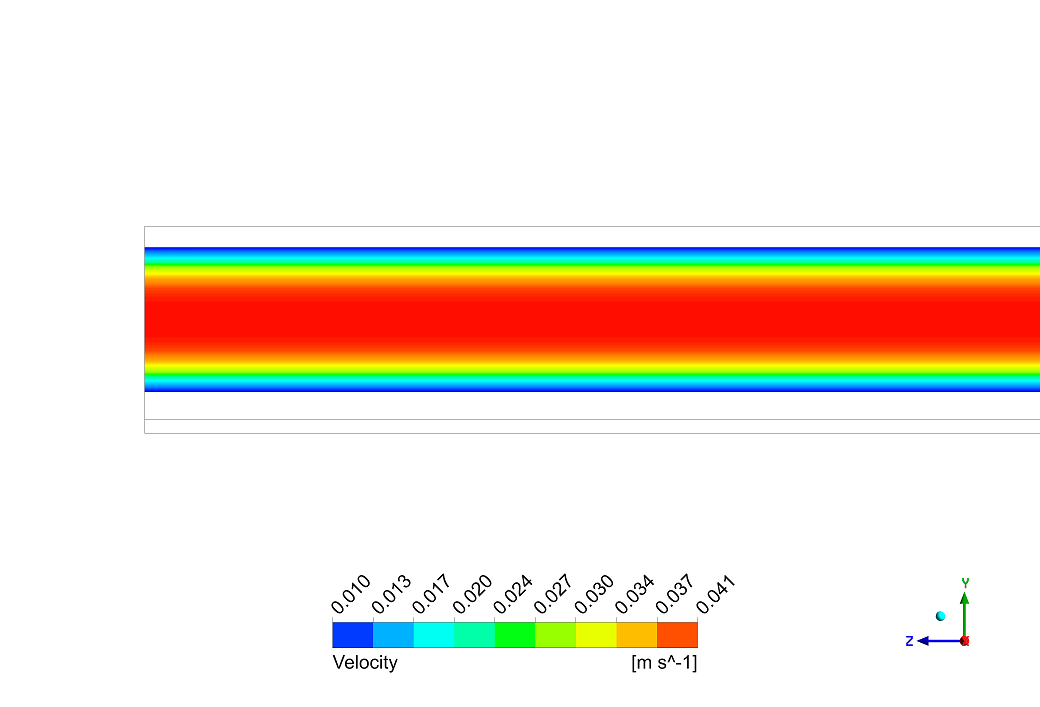
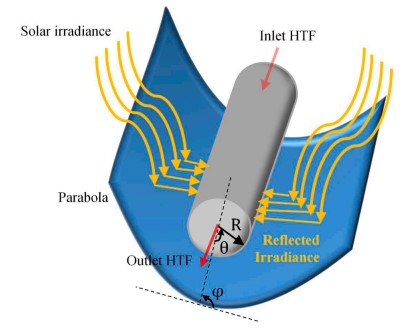
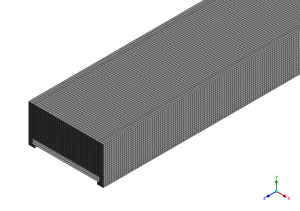

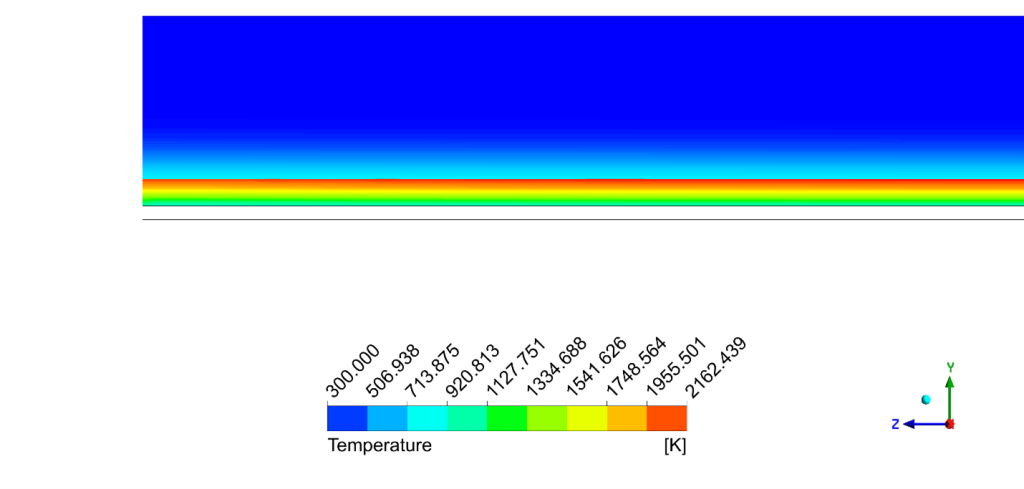






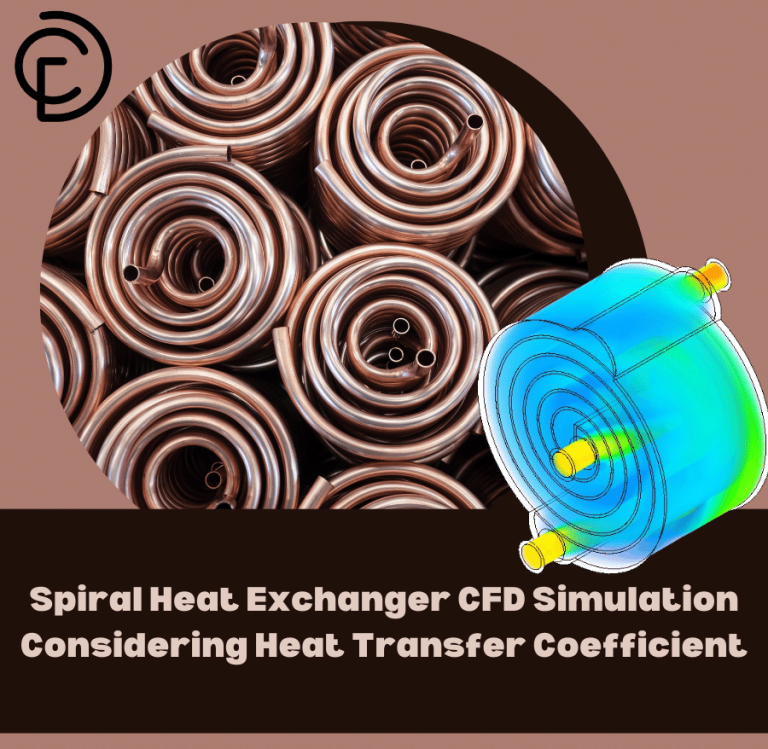


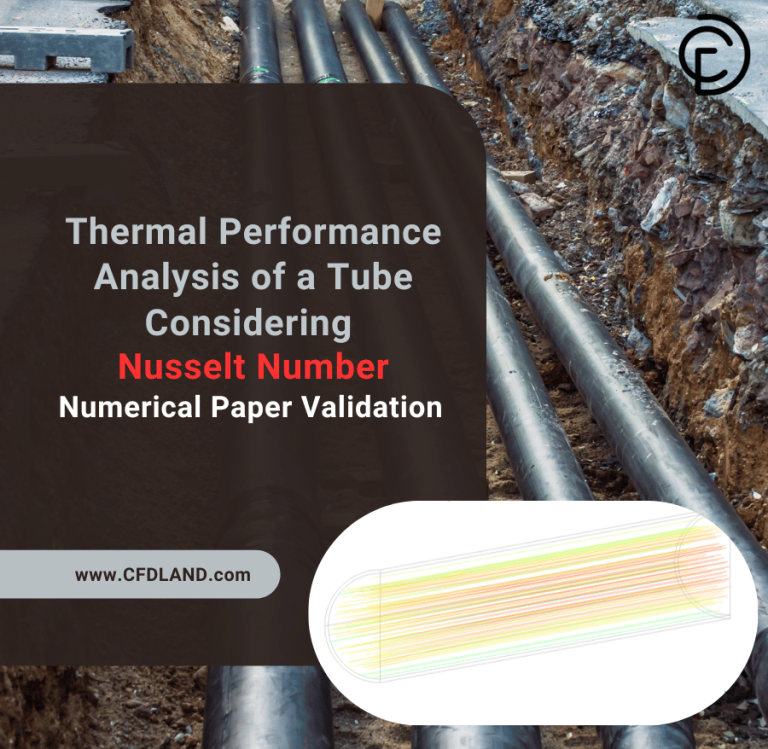
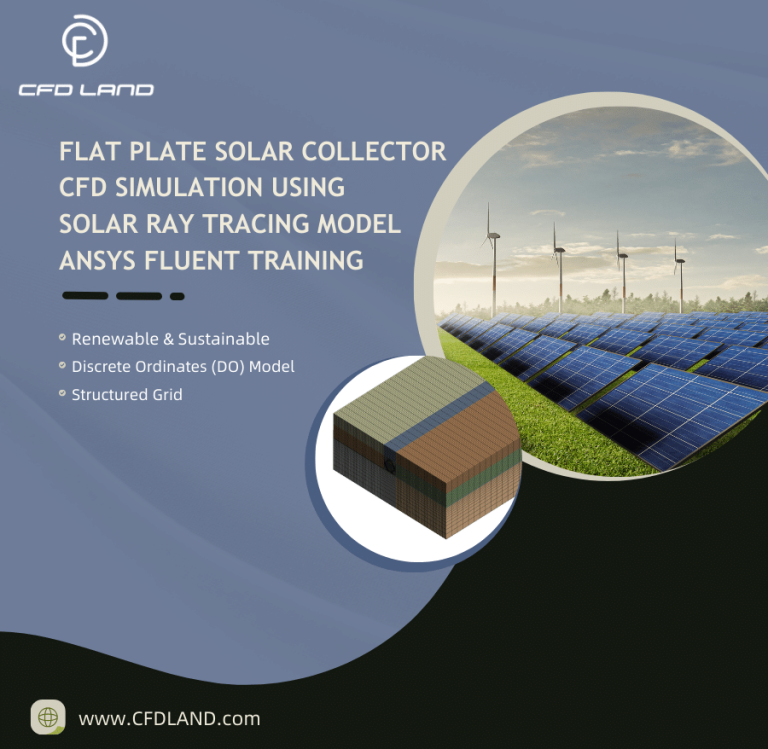
Reviews
There are no reviews yet.